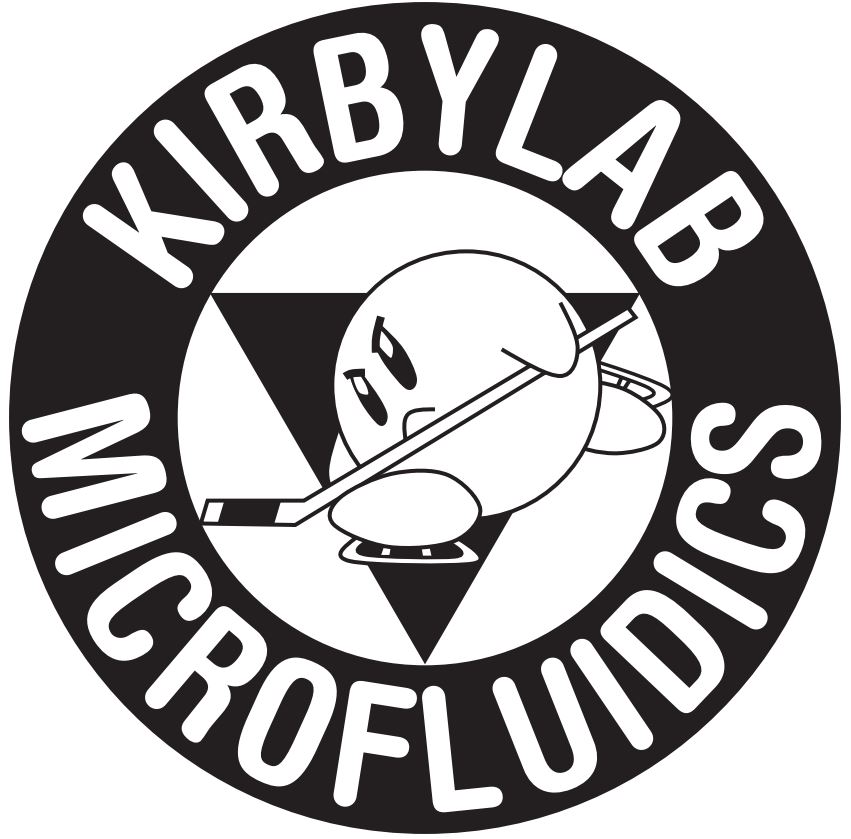Functional Characterization of Circulating Tumor Cells
We recently published a paper in PLoS One (go here) about functional characterization of prostate circulating tumor cells. This work was the product of many people’s efforts, including Erica, Jason, Jim, and Steven in our group–Erica did chip design and fab and SOP development, Jason did initial surface chemistry characterization and capture experiments, Jim did CFD analysis, and Steven characterized prostate cell adhesion parameters.
The point of this paper was to show that we can capture prostate circulating tumor cells by use of a prostate-specific (rather than pan-epithelial) antibody–this is important because the antibodies to epithelial markers (e.g., EpCAM) may suffer when cells undergo epithelial-to-mesenchymal transition as part of the metastatic process. Also, we showed that we can characterize cells functionally, meaning that we see how the living cells

A circulating prostate cancer cell stained to show the nucleus (upper left), tubulin (upper right), and PSMA (lower left). The bundled tubulin seen at upper right is indicative of drug-target engagement when taxane chemotherapy is used.
respond to their environment, in contrast to the (much more common) enumeration of cells or characterization of genetic material.
We are now looking forward to applying these techniques in clinical trials, with the hopes of proving that functional characterization on microdevices is a better way of predicting which patient should be on which chemotherapy regimen.
